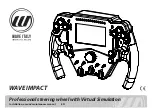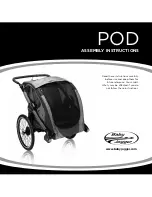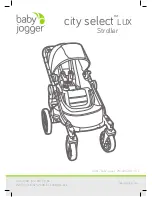
©
National Instruments Corporation
4-1
4
What You Need to Know about
Moves
This chapter discusses the concepts necessary for programming motion
control.
Move Profiles
The basic function of a motion controller is to make moves. The trajectory
generator takes in the type of move and the move constraints and generates
points, or instantaneous positions, in real time. Then, the trajectory
generator feeds the points to the control loop.
The control loop converts each instantaneous position to a voltage or to
step-and-direction signals, depending on the type of motor you are using.
Move constraints are the maximum velocity, acceleration, deceleration, and
jerk that the system can handle. The trajectory generator creates a velocity
profile based on these move constraint values.
There are two types of profiles that can be generated while making the
move: trapezoidal and s-curve.
Trapezoidal
When you use a trapezoidal profile, the axes accelerate at the acceleration
value you specify, and then cruise at the maximum velocity you load.
Based on the type of move and the distance being covered, it may be
impossible to reach the maximum velocity you set.
The velocity of the axis, or axes, in a coordinate space never exceeds the
maximum velocity loaded. The axes decelerate to a stop at their final
position, as shown in Figure 4-1.
















































